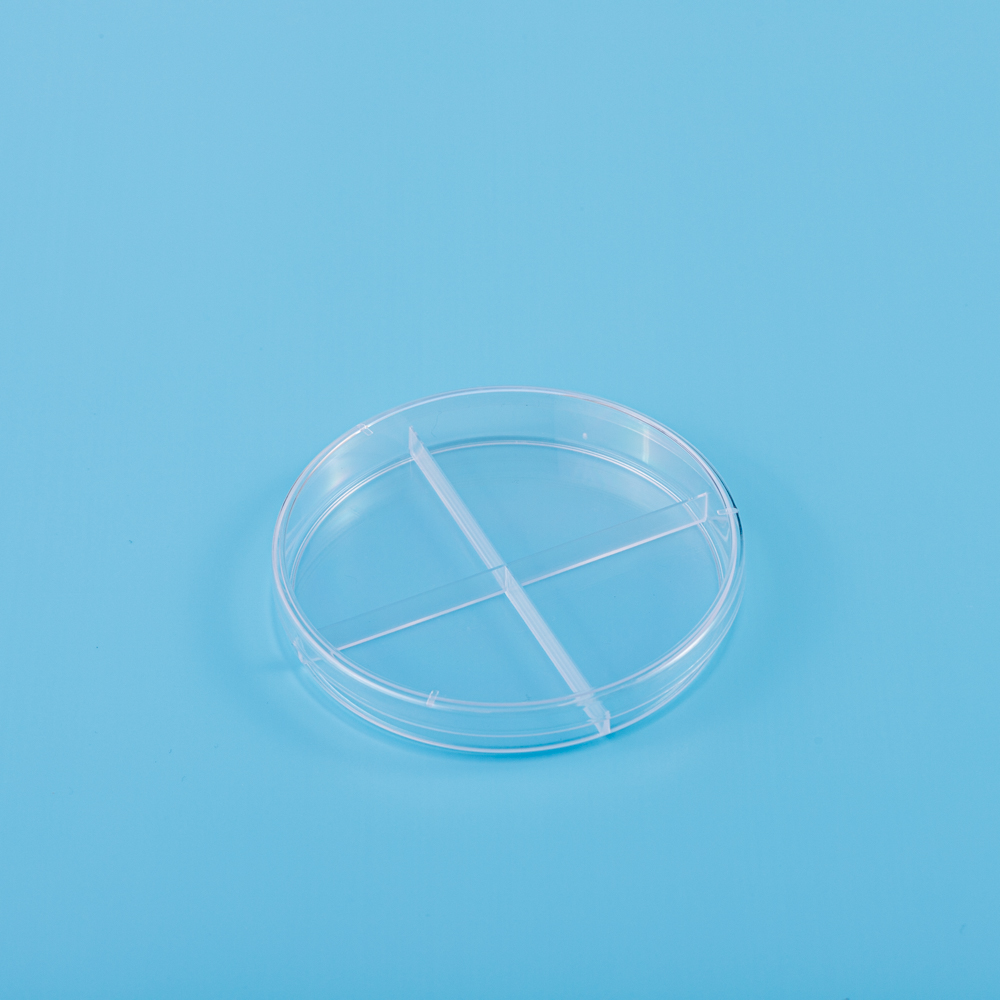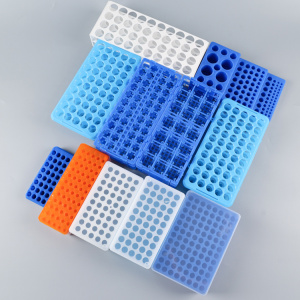Overview of sterilization techniques for cell culture dishes
Cell culture dishes are particularly suitable for medium-sized cultures of cells and tissues, and can also be used as staging and storage containers in a variety of experiments such as weighing, separating and processing tissues or cells. They are available in a variety of diameter sizes and include both surface-treated and untreated options, with uniform thickness, a distortion-free bottom, and a ring-shaped protrusion on the lid that is closely integrated with the bottom to facilitate storage and reduce media volatilization.

Aseptic technique
1. Cleaning and disinfection of the experimental operating space, the operator's clothing and hands.
2. sterilization of apparatus such as cell culture dishes, inoculation utensils and culture media.
3. to avoid contamination by surrounding microorganisms, experimental operations should be carried out next to the flame of an alcohol lamp
4. Avoid contact between sterilized materials and utensils and the surrounding objects.
Sterilization methods
1. Boiling sterilization method is often used in daily life.
2. For some liquids that do not tolerate high temperatures, pasteurization is used.
3. the inoculation room, inoculation box or ultra-clean bench is first sprayed with solutions such as carbolic acid or coal phenol soap to enhance the disinfection effect and then physically disinfected using ultraviolet light.
4. The hands of the experimental operator are sterilized using alcohol.
Sterilization method
1. scorch sterilization of inoculation rings, inoculation needles, test tube mouths, etc.
2. autoclaving of culture medium, sterile water, etc., using an autoclave.
3. UV sterilization method is used for surface sterilization and air sterilization, and the instruments used are UV lamps.
——



